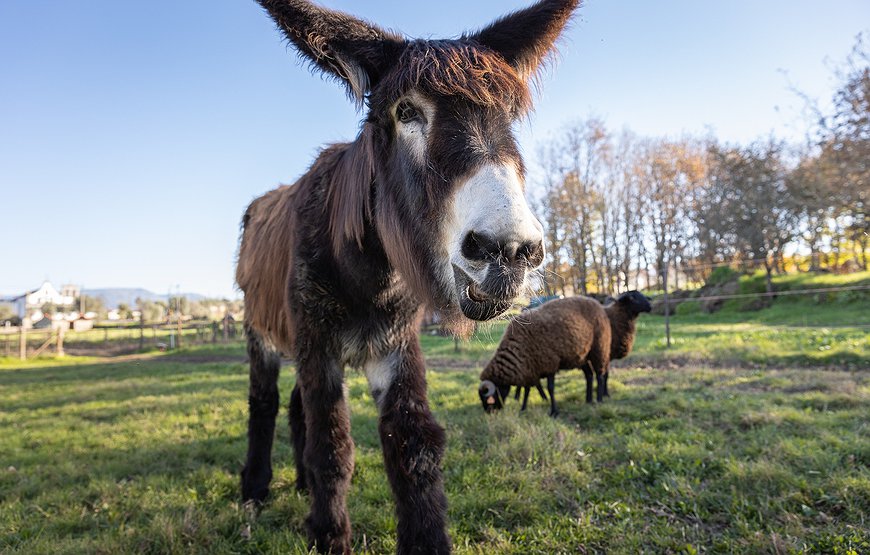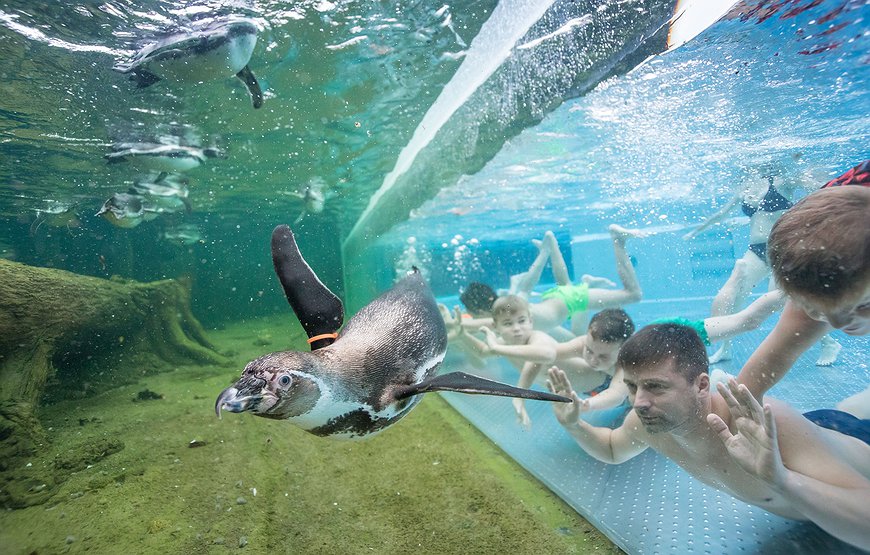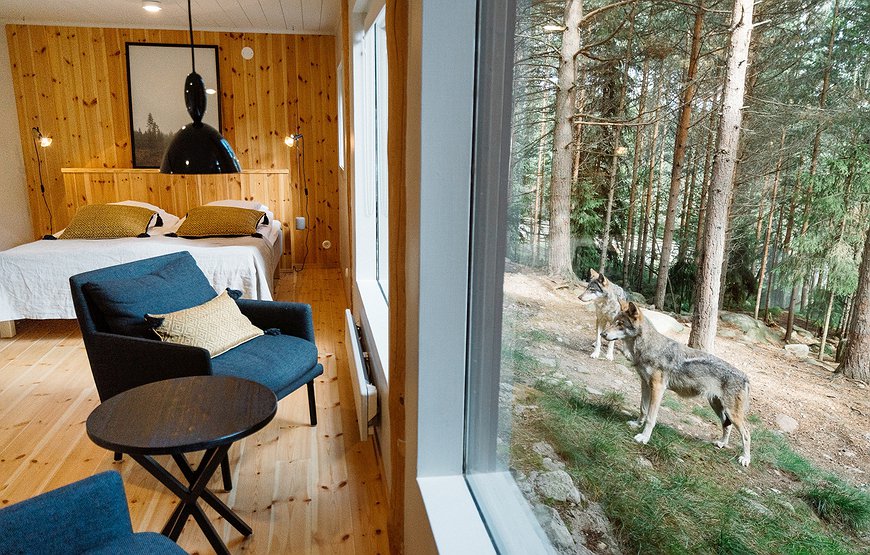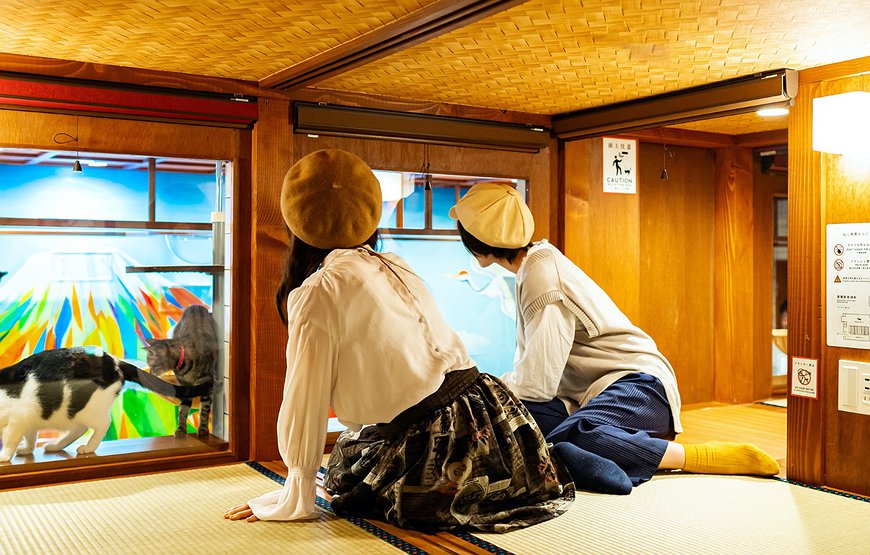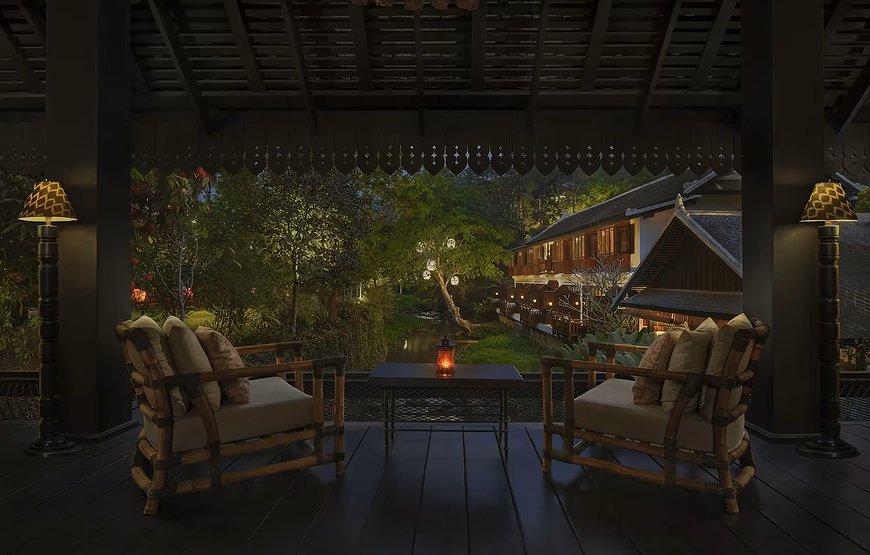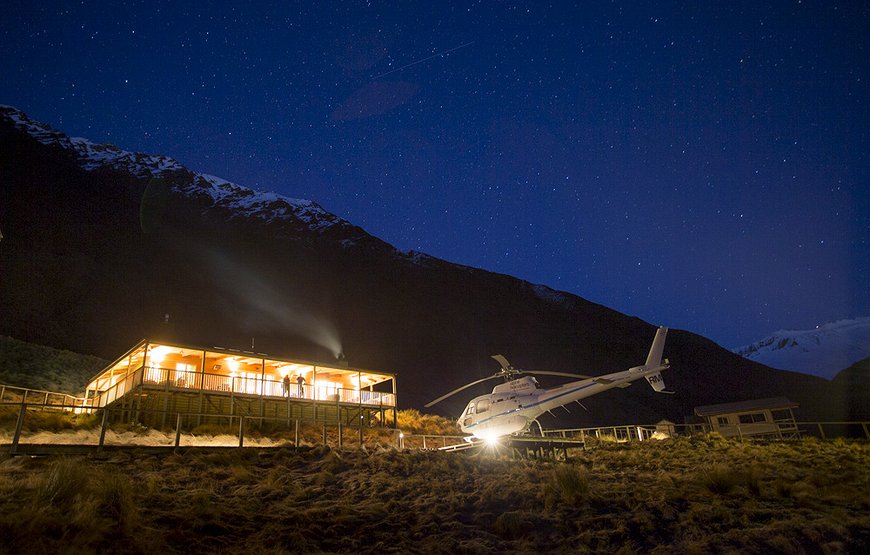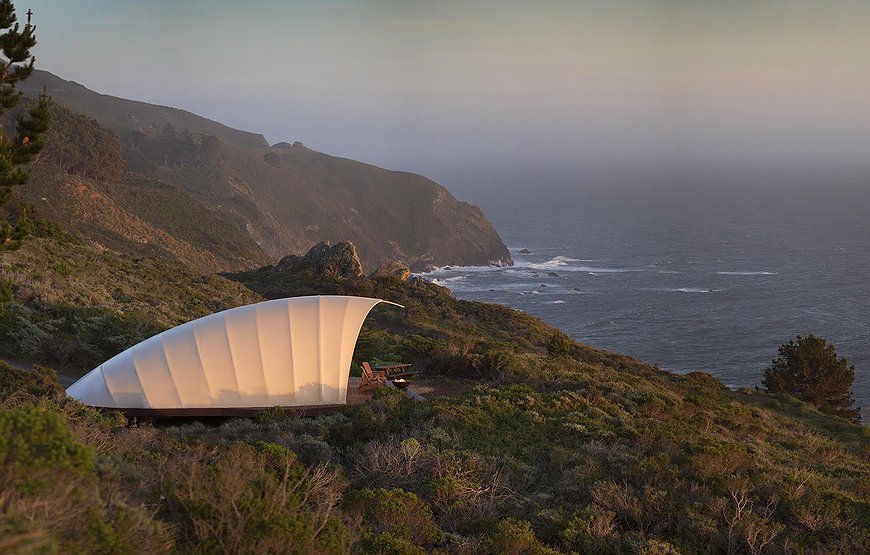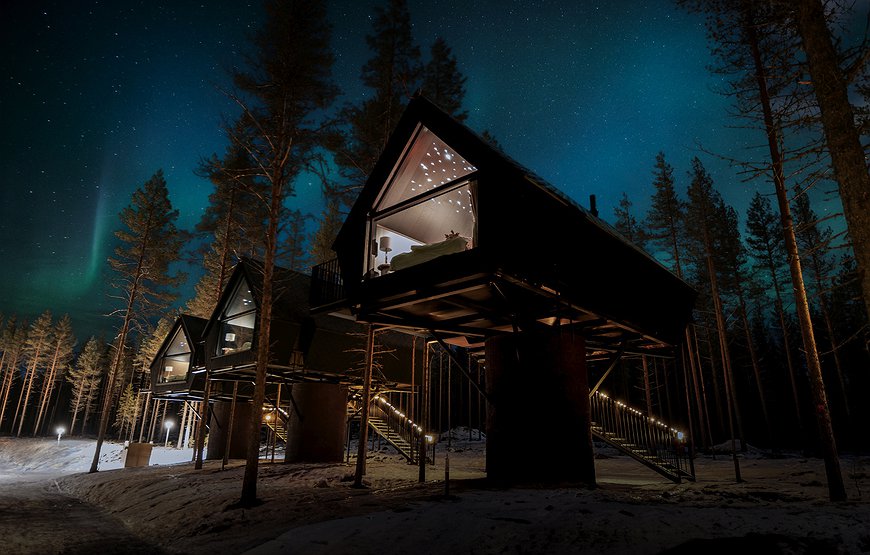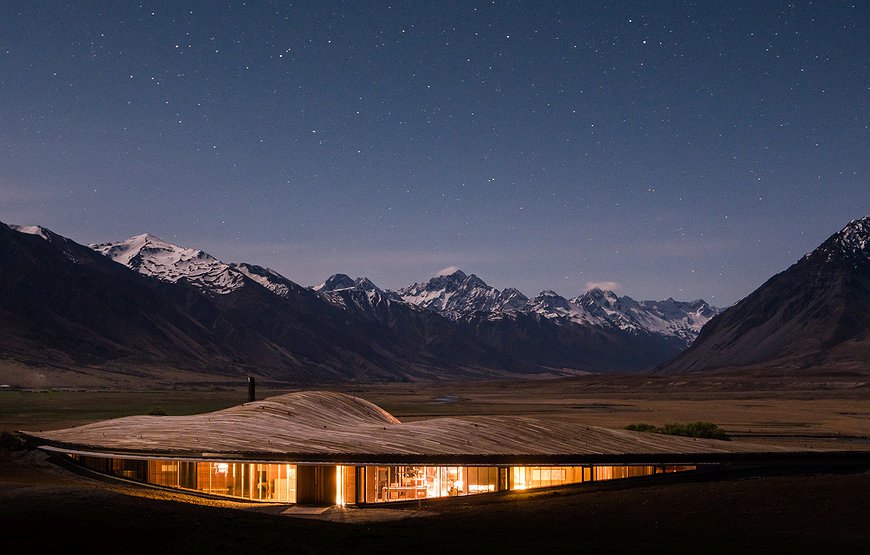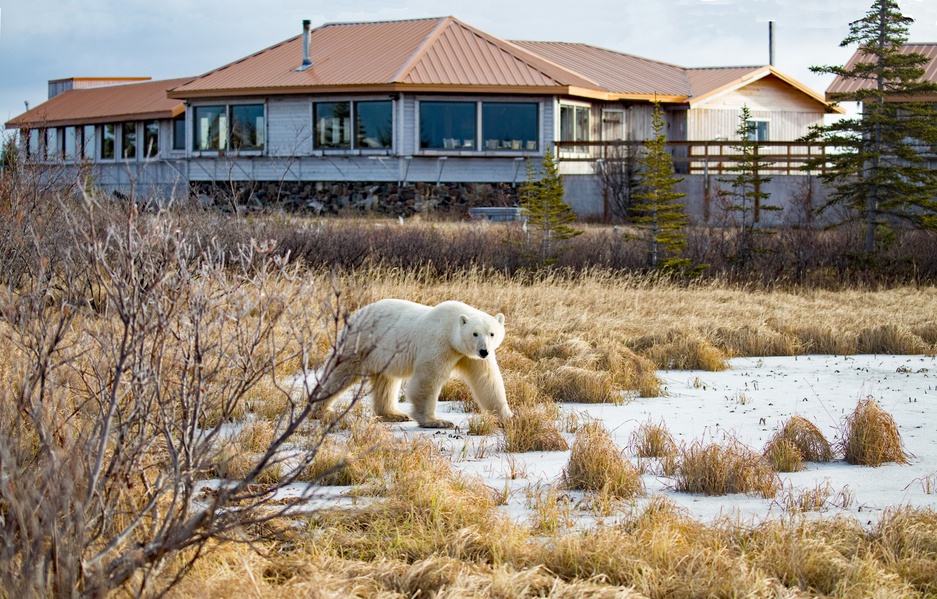
Deep in the Canadian Arctic, where Hudson Bay meets the boreal forest, lies a place that feels like stepping into another dimension. Nanuk Polar Bear Lodge isn't your typical wilderness getaway - it's a remote outpost where the boundary between civilization and the wild becomes beautifully, sometimes terrifyingly, thin.
Located 250 kilometers south of Churchill, Manitoba, this eco-lodge sits at the convergence of three ecosystems: Arctic tundra, Hudson Bay coastline, and dense boreal forest. It's a collision of worlds that creates one of the most wildlife-rich environments on Earth - and one of the most challenging to reach.
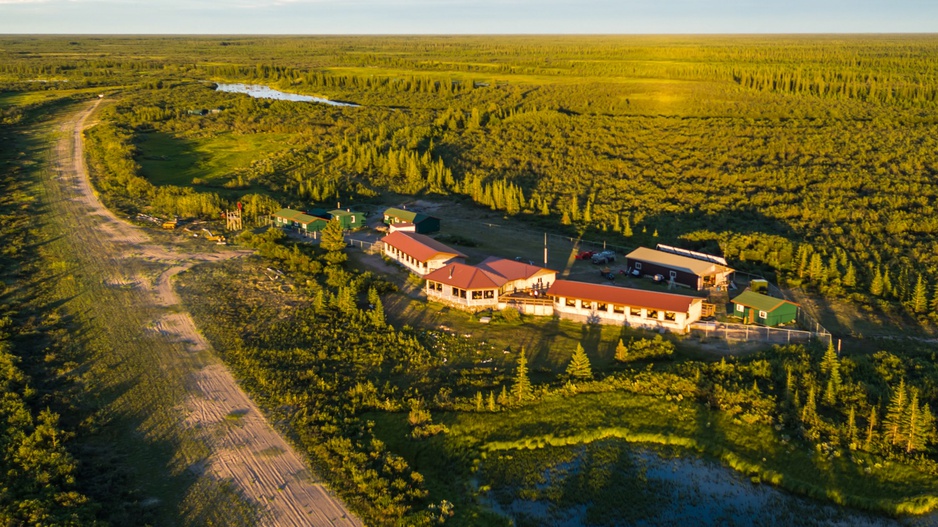
Photo by Michael Poliza
Getting here requires multiple flights, weather permitting. Some visitors find themselves stranded in Churchill for days, playing a waiting game with Arctic storms and unreliable bush planes.
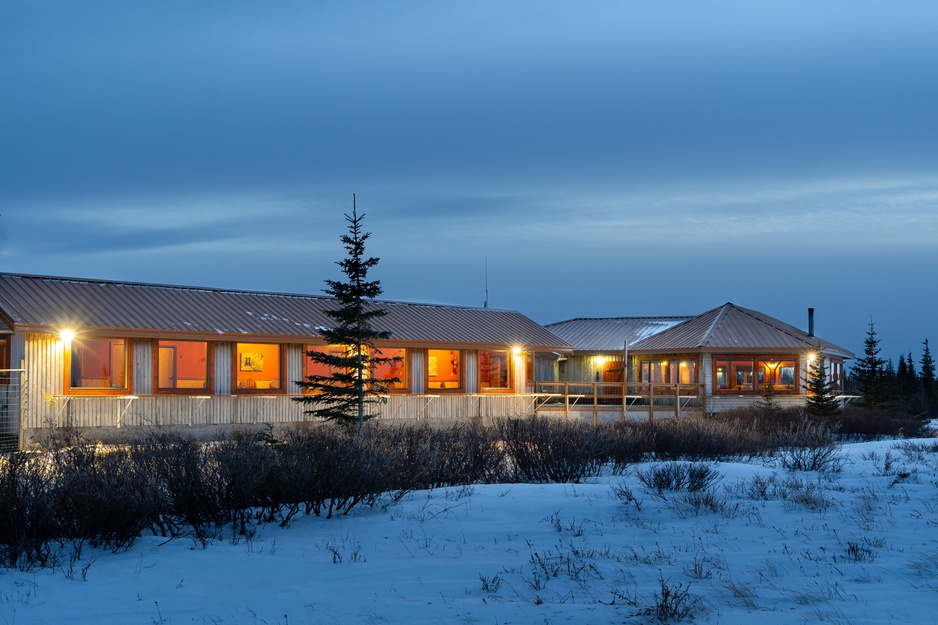
Photo by Scott Zielke
But that's all part of the adventure. Even a delayed arrival can become part of the magic when you spot your first polar bear barely visible in the snow just 20 meters from the runway.
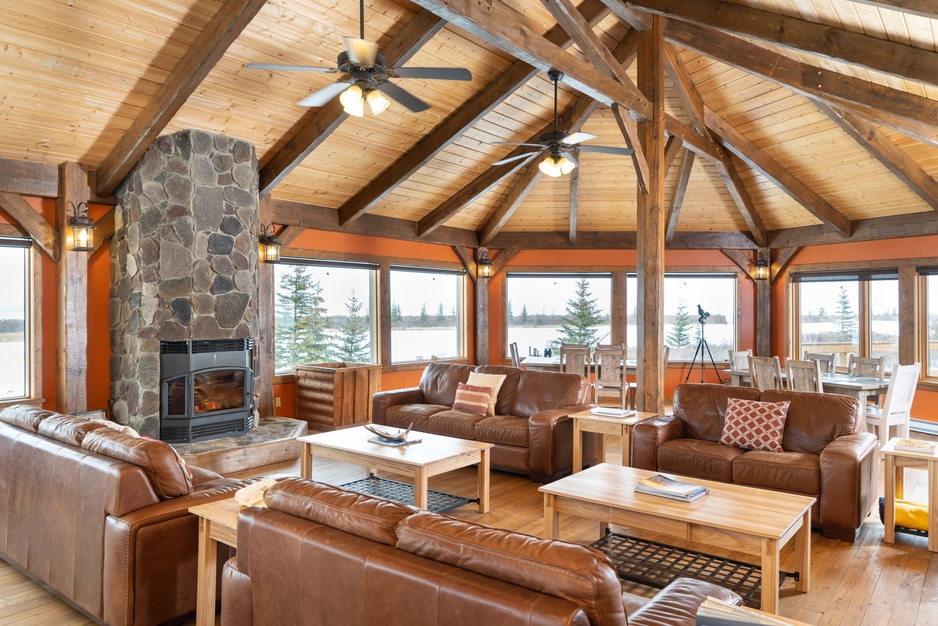
Photo by Scott Zielke
The lodge operates on a philosophy of sustainable, low-impact tourism. Only 16 guests can stay at any time, and some groups rent the entire facility. The focus is on conservation and education, with experienced guides who know the behavior patterns of the resident wildlife and speak about them with genuine reverence.

Cranberry cake with butter sauce - Photo by Ian McCausland
The cuisine is surprisingly sophisticated, with tundra-inspired dishes that somehow elevate simple ingredients into memorable meals. After a day of walking with apex predators, there's something deeply satisfying about gathering around the fireplace with fellow adventurers, sharing stories and watching the bay through picture windows.
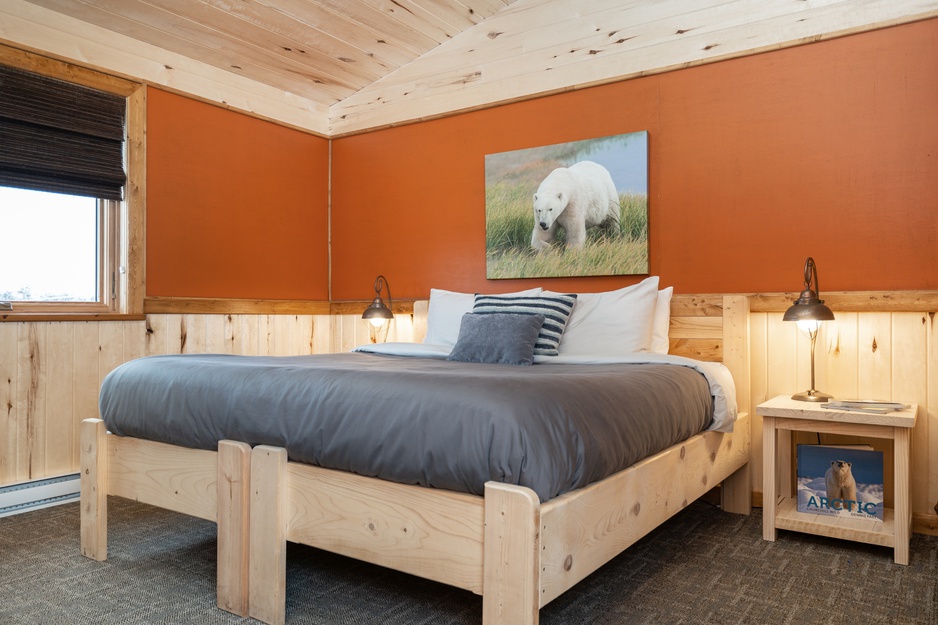
Photo by Scott Zielke
The lodge is a study in contrasts. From the outside, it's a fortress-like compound surrounded by an eight-foot fence designed to keep curious polar bears at bay. Inside, it's surprisingly cozy - eight guest rooms with ensuite bathrooms, a timber-framed lounge with oversized windows facing the bay, and a kitchen that somehow produces gourmet meals in the middle of nowhere.
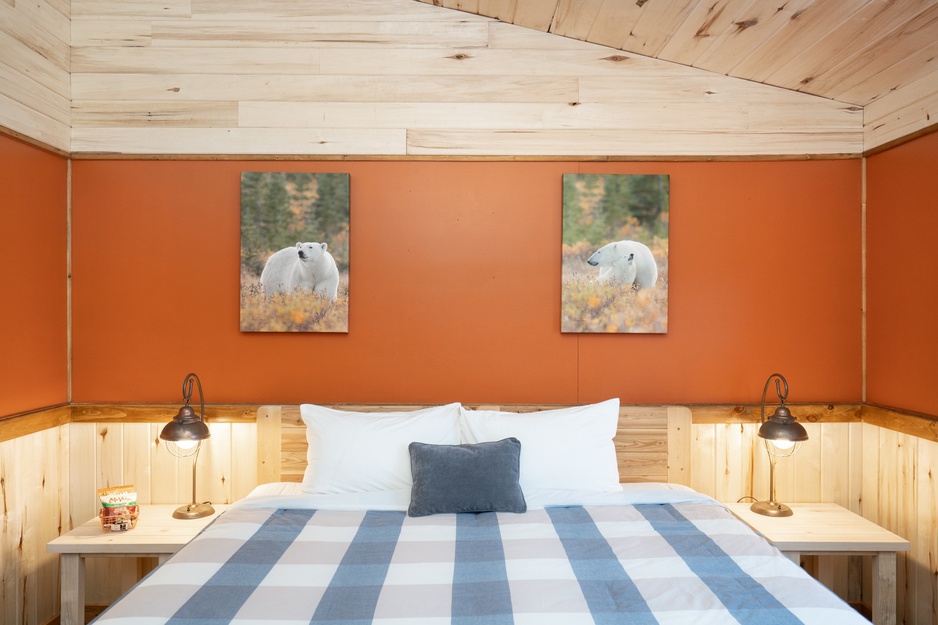
Photo by Scott Zielke
The accommodation is rustic luxury at its finest. Solar power, wood heat, and a generator provide electricity in one of the most remote locations on Earth.
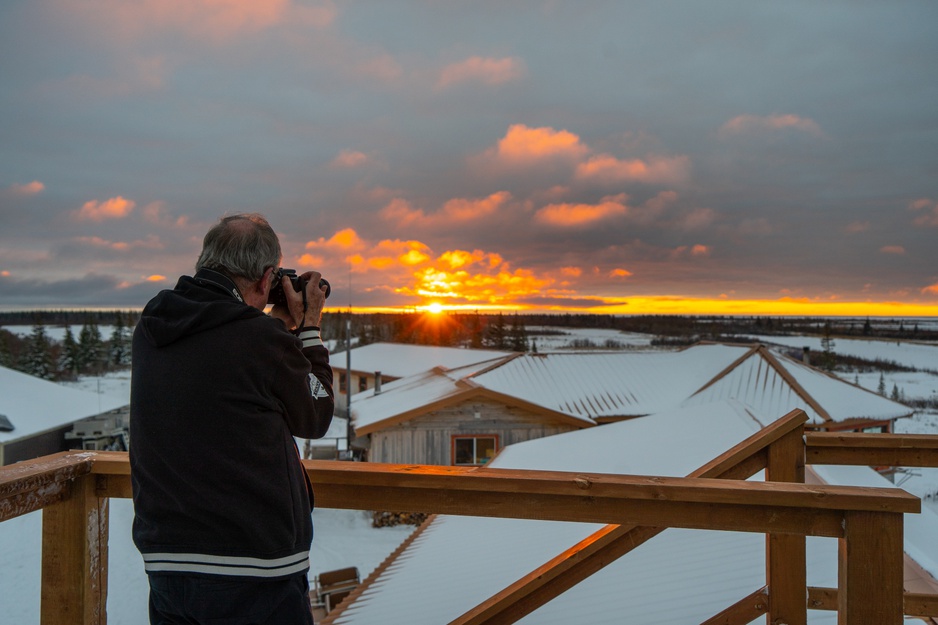
Photo by Scott Zielke
But the real magic happens outside those walls. This is one of the few places on Earth where you can walk on foot with polar bears, following strict protocols developed over decades of careful observation.
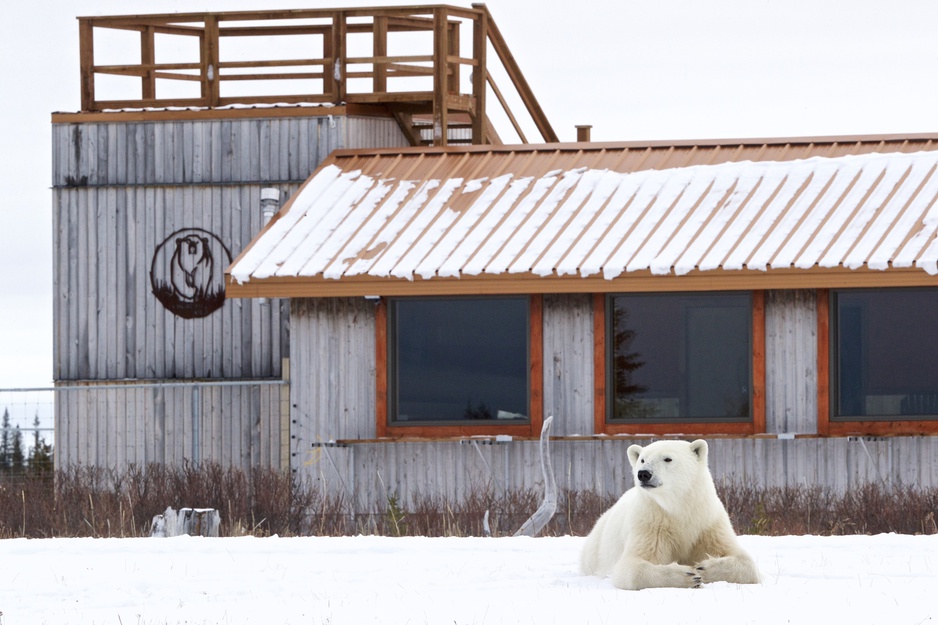
Photo by Andy Skillen
The experience is nothing like watching from the safety of a tundra buggy. Here, you're eye-to-eye with these massive predators, separated by nothing but air and a healthy respect for their space.
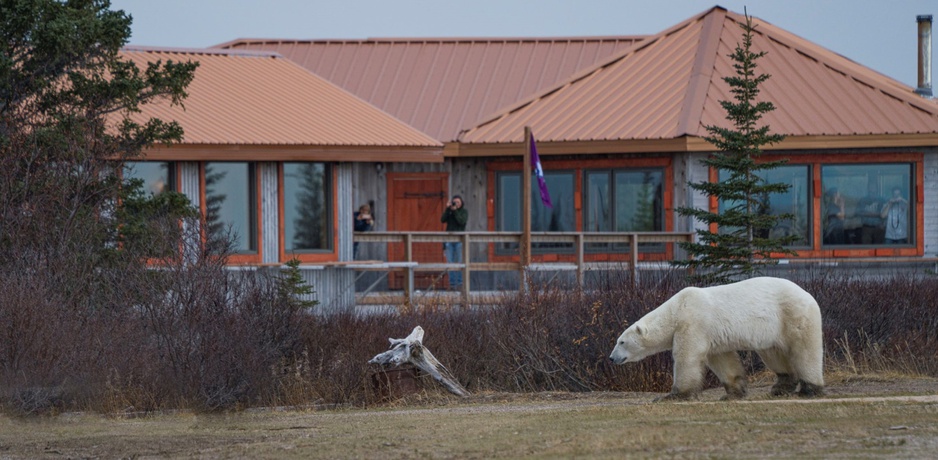
Photo by Robert Postma
The landscape has a mystical quality that's hard to describe - perhaps it's the history soaked into the soil, from Indigenous peoples who traveled these lands for thousands of years to the French and English sailors who fought and died in these waters over 300 years ago.

The wildlife encounters are unpredictable and intense. Visitors have found themselves face-to-face with 1,200-pound polar bears just outside the lodge gates, watched wolves play in meadows, and observed black bears emerging from the willows.
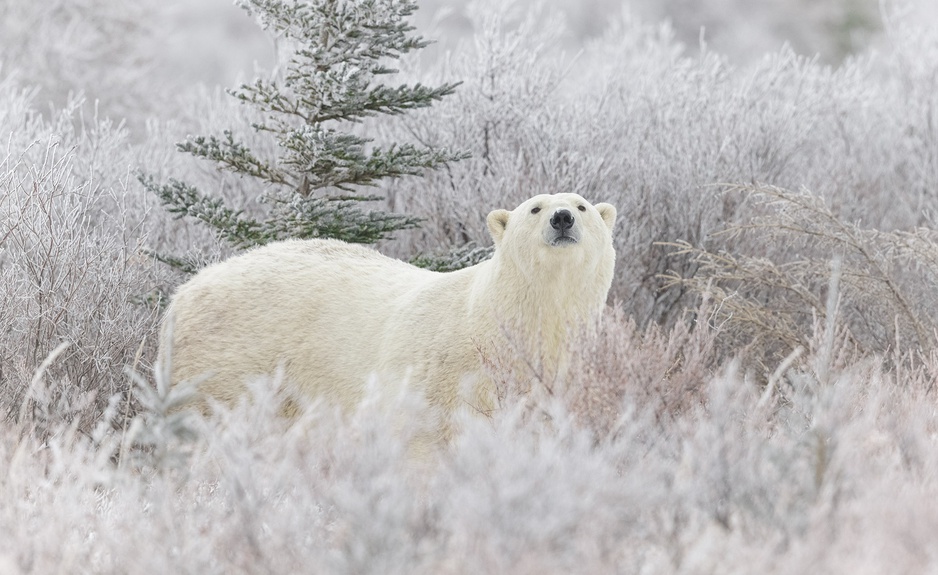
Photo by Chas Glatzer
The diversity is staggering - this is one of the few places where polar bears and black bears share the same territory, along with wolves, moose, caribou, and countless migratory birds.
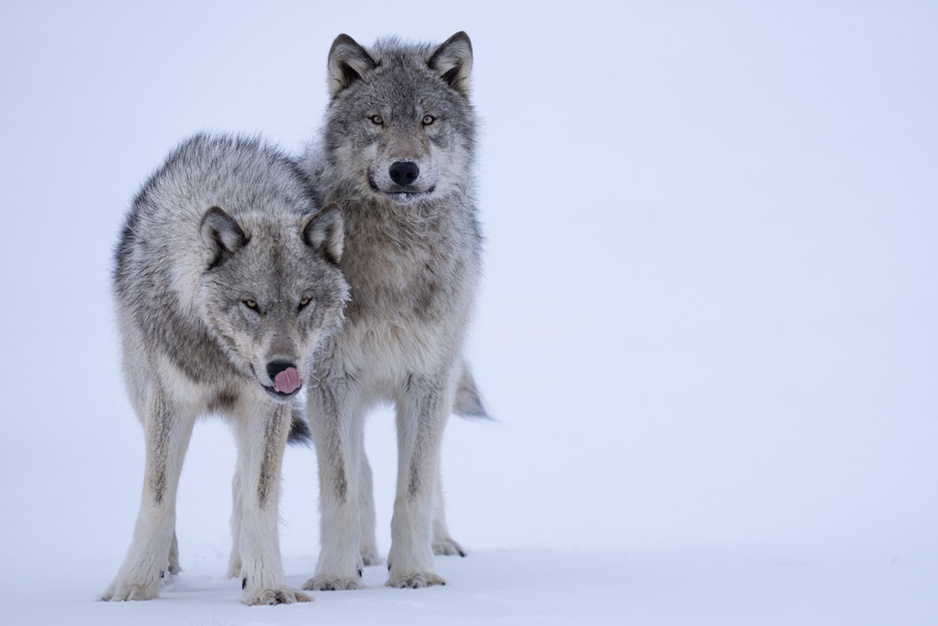
Photo by Jerritt Boomer
Seasonal safaris range from summer excursions when the landscape transforms into a green wonderland to winter expeditions that require visitors to brave temperatures that can drop to -34°C (-30°F) with wind chill.
The most popular time is fall, when polar bears gather along the coast waiting for Hudson Bay to freeze. But each season offers its own rewards - from the emergence of mother bears and cubs in spring to the spectacular northern lights of winter.
Manitoba R0B 0E0, Canada

